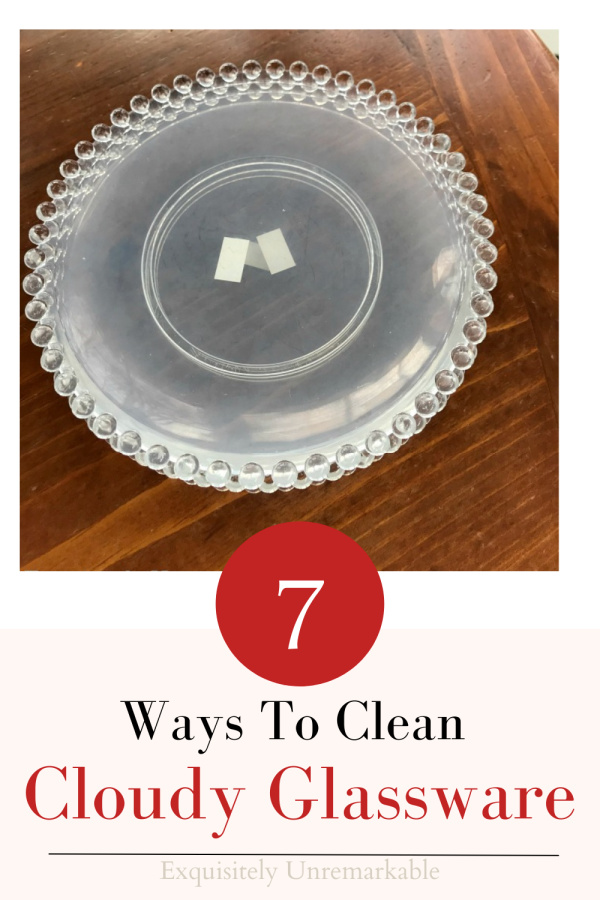
Having cloudy or filmy dishes can be frustrating, especially after running them through the dishwasher. But fear not! In this article, you will discover effective troubleshooting solutions to get your dishes sparkling clean again. Whether it’s understanding the causes behind cloudy dishes or implementing simple fixes, you’ll be equipped with the knowledge to tackle this issue head-on and achieve crystal-clear results. Say goodbye to cloudy dishes and hello to a spotless dining experience!
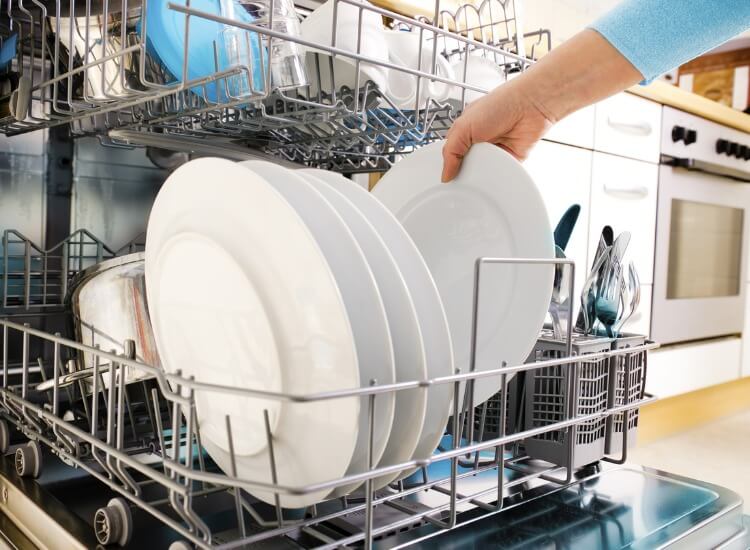
This image is property of angelwater.com.
Possible Causes for Cloudy or Filmy Dishes
Hard Water Residue
One of the most common causes of cloudy or filmy dishes is hard water residue. Hard water contains a high concentration of minerals such as calcium and magnesium. When the water evaporates during the dishwasher cycle, these minerals can leave behind a white residue on dishes, glassware, and silverware.
Incorrect Dishwasher Detergent
Using the wrong dishwasher detergent can also result in cloudy or filmy dishes. Some detergents are not effective at removing hard water minerals, resulting in a dull finish on your dishes. Additionally, powdered detergents can sometimes leave residue behind if they do not dissolve completely during the wash cycle.
Dishwasher Loading Issues
Improperly loading your dishwasher can contribute to cloudy dishes. If your dishes are packed too tightly or if there are items blocking the spray arms, the water may not be able to reach all areas of the dishes, resulting in incomplete cleaning.
Mineral Buildup in the Dishwasher
Over time, minerals from hard water can build up inside your dishwasher, particularly in hard-to-reach areas such as spray arms, filters, and nozzles. This buildup can interfere with the dishwasher’s ability to clean effectively, leading to cloudy or filmy dishes.
Food Particles Left on Dishes
Leaving food particles on dishes before loading them into the dishwasher can also contribute to cloudy or filmy dishes. The presence of food particles can create a breeding ground for bacteria and prevent the dishwasher detergent from working properly.
Low Water Temperature
Using a low water temperature setting on your dishwasher can result in incomplete cleaning and leave behind a film on your dishes. Insufficiently hot water may not be able to effectively dissolve detergent or remove food particles, resulting in cloudy or filmy dishes.
Damaged Dishwasher
A damaged dishwasher can also be the culprit behind cloudy or filmy dishes. If there are leaks or malfunctions in the dishwasher’s system, it may not be able to clean your dishes effectively.
Plastic Utensils and Containers
Plastic utensils and containers are more prone to retaining residues due to their porous nature. The dishwasher may not be able to remove all traces of food or detergent from plastic items, resulting in a cloudy or filmy appearance.
Overloading the Dishwasher
Overloading your dishwasher can prevent proper water circulation and inhibit the dishwasher’s ability to clean your dishes thoroughly. When dishes are overcrowded, the water and detergent may not reach all areas, leaving behind a film on your dishes.
Old or Worn-out Dishwasher Gaskets
Damaged or worn-out dishwasher gaskets can allow water to leak out of the dishwasher, resulting in insufficient cleaning. If the gaskets are not sealing properly, it can lead to residue and film on your dishes.
Solutions for Cloudy or Filmy Dishes
Use Rinse Aid
Rinse aid is an effective solution for combating cloudy or filmy dishes. It helps to prevent water droplets from clinging to the dishes, resulting in spot-free and clear glassware. Simply add rinse aid to the designated compartment in your dishwasher, following the manufacturer’s instructions.
Check Water Temperature
Ensure that your dishwasher is set to the recommended water temperature. Most dishwashers operate at around 120-140 degrees Fahrenheit (49-60 degrees Celsius) for optimal cleaning. If the water temperature is too low, adjust the settings accordingly or check your water heater’s temperature setting.
Use the Right Dishwasher Detergent
Choosing the right dishwasher detergent is crucial for achieving clean and clear dishes. Look for detergents specifically formulated to combat hard water residue. These detergents contain additives that help to remove mineral deposits and prevent the formation of films on your dishes.
Pre-Rinse Dishes
To minimize food particles on your dishes before loading them into the dishwasher, it is recommended to pre-rinse them under running water. This can help to remove any loose debris and reduce the chances of leftover residue on your dishes after the wash cycle.
Clean the Dishwasher Filter
Regularly cleaning the dishwasher filter is essential for maintaining optimal cleaning performance. A clogged or dirty filter can hinder water flow and result in cloudy or filmy dishes. Consult your dishwasher’s manual for instructions on how to remove and clean the filter properly.
Regularly Clean the Dishwasher Interior
In addition to cleaning the dishwasher filter, it is important to regularly clean the interior of your dishwasher. Wipe down the walls, racks, and any other accessible surfaces with a damp cloth or sponge. This helps to remove any buildup or residue that may be affecting the dishwasher’s performance.
Check Water Softener
If you have hard water, consider installing a water softener to reduce the mineral content in your water. A water softener works by removing or neutralizing the minerals responsible for hard water, minimizing the likelihood of cloudy or filmy dishes.
Avoid Overloading the Dishwasher
Proper loading of the dishwasher is key to achieving clean and clear dishes. Avoid overloading the dishwasher and ensure that there is enough space between each item for water and detergent to circulate freely. This allows for better cleaning and helps to prevent the formation of residue or film.
Inspect and Replace Gaskets
Regularly inspect the gaskets on your dishwasher for any signs of wear or damage. If the gaskets are worn out or not sealing properly, they can contribute to leaks and inadequate cleaning. Replace any damaged gaskets to ensure that your dishwasher is functioning at its best.
Consult a Professional
If you have tried the above solutions and are still experiencing cloudy or filmy dishes, it may be beneficial to consult a professional technician. They can inspect your dishwasher, identify any underlying issues, and provide necessary repairs or recommendations for resolving the problem.
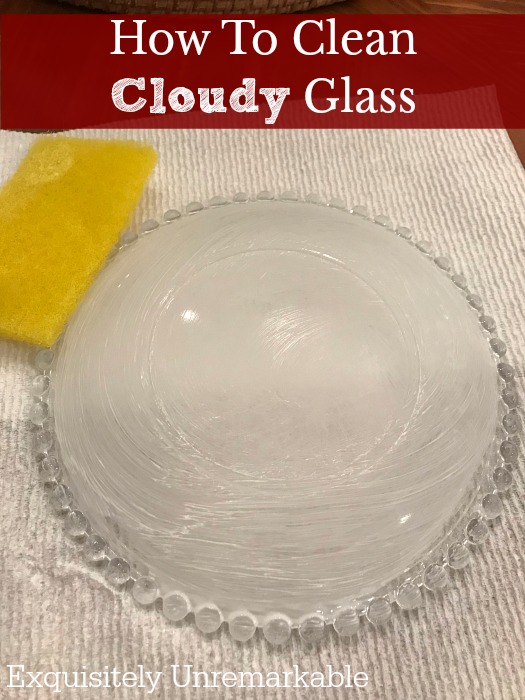
This image is property of 1.bp.blogspot.com.
Hard Water Residue
Install a Water Softener
Installing a water softener is a long-term solution for dealing with hard water residue. A water softener works by removing the minerals responsible for hard water, reducing the likelihood of residue buildup on your dishes. Consult a professional for guidance on choosing and installing a water softener suitable for your home.
Use Vinegar or Citric Acid
Vinegar or citric acid can be used as natural remedies to remove hard water residue. Fill a dishwasher-safe bowl with white vinegar or citric acid, place it on the top rack of your empty dishwasher, and run a full cycle on the hottest setting. This helps to dissolve mineral deposits and eliminate residue, resulting in clearer dishes.
Incorrect Dishwasher Detergent
Use High-Quality Dishwasher Detergent
Opt for high-quality dishwasher detergents specifically designed to combat hard water residue. These detergents often contain additives that help to remove mineral buildup and prevent film formation on your dishes. Look for reputable brands that have positive reviews from users.
Avoid Powdered Detergents
Powdered detergents, although commonly used, can sometimes leave behind residue if they do not dissolve completely during the wash cycle. Switch to liquid or gel dishwasher detergents, as they are more effective at dissolving and removing food particles and hard water minerals.
Use Dishwasher Detergent with Enzymes
Dishwasher detergents with enzymes are highly effective at breaking down food particles and removing stains. Enzymes work by targeting specific types of organic matter, such as proteins, starches, and fats. Using a dishwasher detergent with enzymes can help prevent residue and leave your dishes sparkling clean.
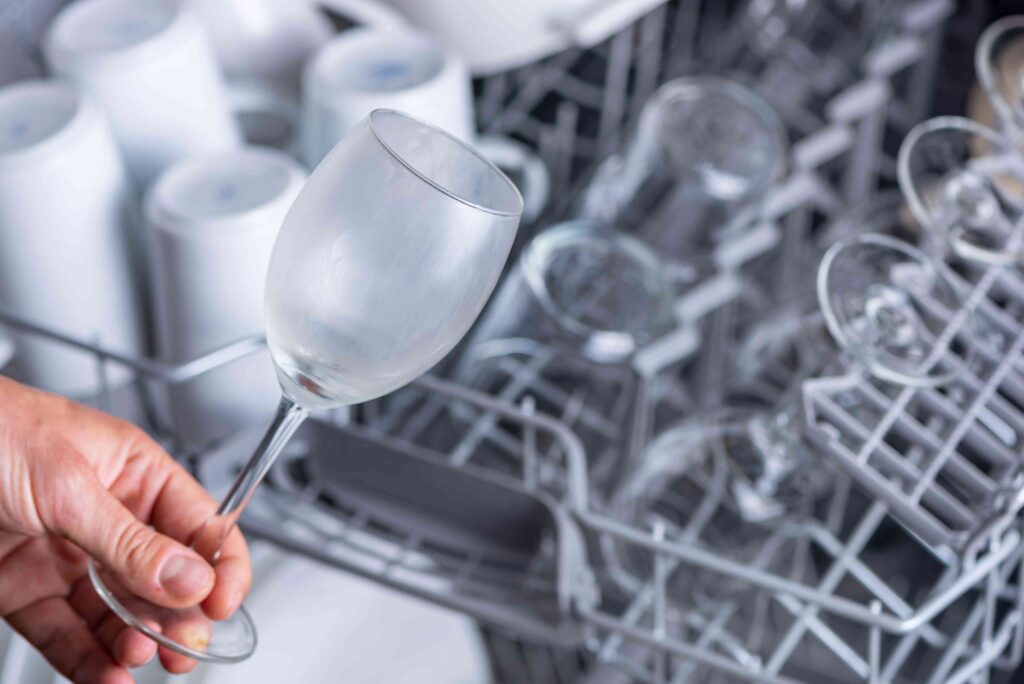
This image is property of www.thespruce.com.
Dishwasher Loading Issues
Properly Load the Dishes
Proper loading of the dishwasher is crucial for optimal cleaning. Be mindful of how you place your dishes to ensure that water and detergent can reach all surfaces. Load larger items such as platters and pans on the sides or back of the dishwasher, allowing better water circulation for smaller items.
Place Glassware and Plastics on Top Rack
Glassware and plastic items are more susceptible to cloudiness or film due to their delicate nature. Place them on the top rack of the dishwasher to minimize exposure to intense heat and potential damage. This also allows for better water coverage and helps to prevent residue.
Do Not Overlap Items
Avoid overlapping or stacking dishes, as this can block water and detergent from reaching all areas. Leave space between each item to ensure that the water can circulate freely and effectively clean all surfaces. Overlapping dishes may result in incomplete cleaning and contribute to cloudy or filmy dishes.
Mineral Buildup in the Dishwasher
Clean the Dishwasher Spray Arms
Mineral buildup in the spray arms can hinder water flow and reduce the dishwasher’s ability to clean effectively. Remove the spray arms according to the manufacturer’s instructions and carefully clean them using a soft brush or toothpick to remove any debris or residues. This helps to ensure optimal water distribution and prevent cloudy dishes.
Descale the Dishwasher
Periodically descaling your dishwasher can help remove mineral deposits and prevent buildup. There are dishwasher descaling solutions available in the market that can effectively dissolve and remove mineral residues within the dishwasher. Follow the instructions provided with the descaling solution or consult your dishwasher’s manual for specific guidance.
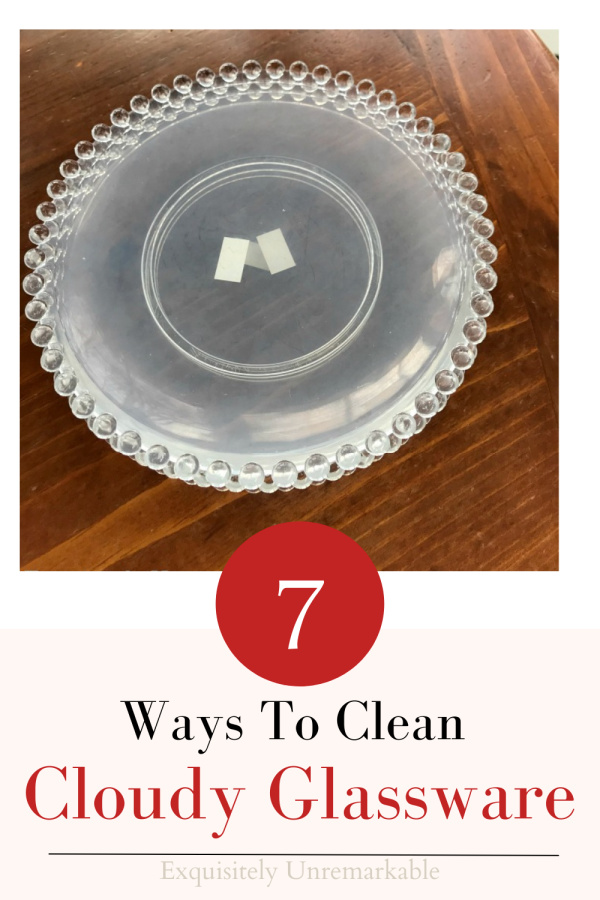
This image is property of blogger.googleusercontent.com.
Food Particles Left on Dishes
Properly Rinse Dishes before Loading
To minimize the presence of food particles on your dishes, rinse them thoroughly under running water before loading them into the dishwasher. This helps to remove loose debris and prevent clogging of the filter. While it is not necessary to completely clean the dishes, a quick rinse can significantly improve the dishwasher’s cleaning performance.
Use a Dish Scraper or Brush
For dishes with stubborn food residues, use a dish scraper or brush to remove excess food before loading them into the dishwasher. This helps to prevent food particles from redepositing on other dishes during the wash cycle, resulting in cleaner and clearer dishes.
Low Water Temperature
Check Water Heater Temperature
Ensure that your water heater is set to a suitable temperature for proper dishwasher operation. The ideal water temperature for efficient cleaning is between 120-140 degrees Fahrenheit (49-60 degrees Celsius). Adjust the water heater temperature accordingly to ensure that the dishwasher receives hot water for optimal cleaning performance.
Run Hot Water before Starting Dishwasher
Before starting the dishwasher, run hot water from your kitchen faucet until it reaches the desired temperature. This helps to ensure that the dishwasher receives hot water right from the start, enabling better detergent dissolution and improved cleaning. Running hot water beforehand also helps to flush out cold water from the pipes.
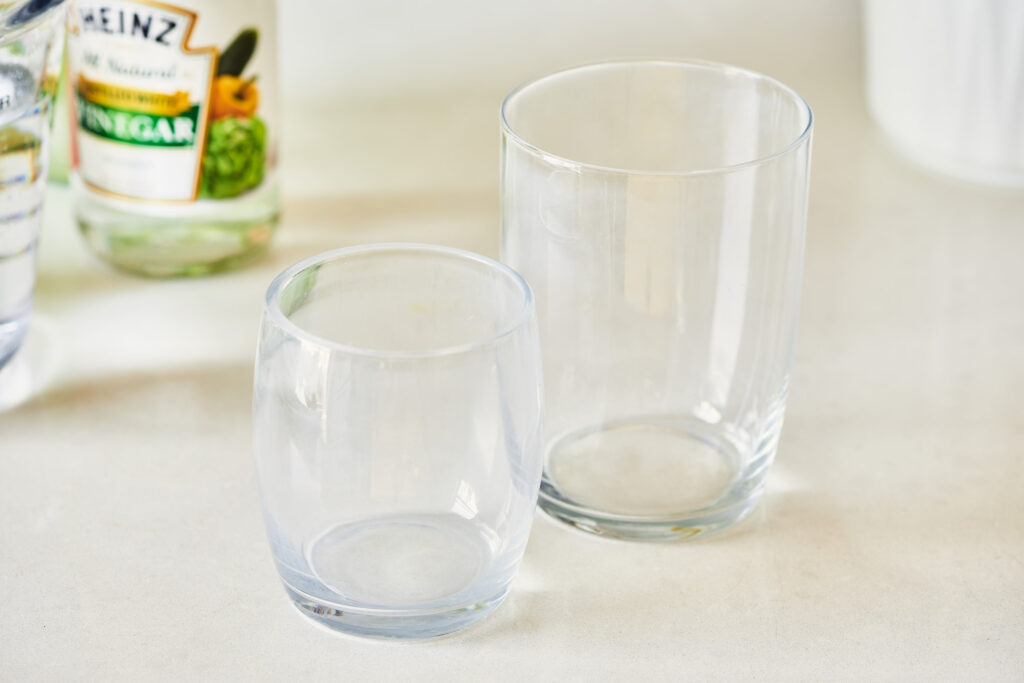
This image is property of storage.googleapis.com.
Damaged Dishwasher
Check for Leaks or Malfunctions
Inspect your dishwasher for any visible signs of leaks or malfunctions. Check the door seal and gaskets for damage or wear. Look for any loose connections, cracked hoses, or malfunctioning components. Addressing these issues promptly can help prevent water leakage, improve cleaning performance, and prevent cloudy or filmy dishes.
Repair or Replace Parts
If you identify any damaged or malfunctioning parts during the inspection, consider repairing or replacing them. Consult your dishwasher’s manual, or hire a professional technician to diagnose the problem and recommend the appropriate course of action. Repairing or replacing damaged parts can restore your dishwasher’s cleaning efficiency, resulting in clearer dishes.
Old or Worn-out Dishwasher Gaskets
Inspect and Replace Gaskets
Regularly inspect the gaskets on your dishwasher for signs of wear, damage, or mold growth. Worn-out gaskets can allow water to leak out, compromising the dishwasher’s cleaning ability. Replace any damaged gaskets to ensure a tight seal and prevent residue or film on your dishes.
In conclusion, cloudy or filmy dishes can be a frustrating problem, but there are solutions available to tackle this issue. By identifying the possible causes and implementing the suggested solutions, you can enjoy sparkling clean dishes every time. If you are unsure or unable to resolve the problem on your own, do not hesitate to seek professional assistance. Remember, a well-maintained dishwasher and proper loading techniques can go a long way in preventing cloudy or filmy dishes and ensuring a pleasant dining experience.





